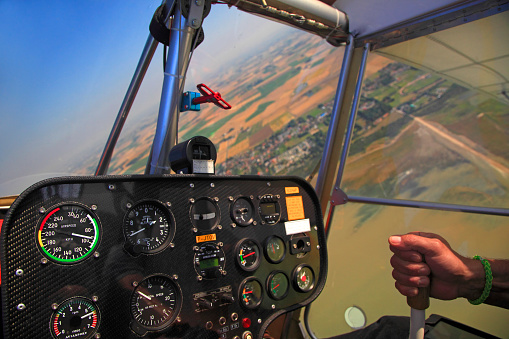
Flight simulation has been used for pilot training since World War I. Today, it is common for pilots in training to learn technical and problem-solving skills through simulated flights on computer screens. Although high-end flight simulators offer a more realistic experience by using actual airplane cockpits, these units are often expensive and bulky. Now, with the mainstream availability of virtual reality, the aviation industry is beginning to adopt the technology as a cost-effective and useful tool for pilots in training.
Popular simulator company, Bohemia Interactive Simulations is one of the first to introduce a 3D flight simulator for VR headsets. Using motion controls from D-Box technologies, the interactive simulation mimics all aspects of flight, from the airplane controls to shaking turbulence.
Another VR development firm, Future Visual, is using virtual reality technology to train flight attendants and ground crew. The training simulates emergency procedures as well as external aircraft inspections, allowing personnel to train anytime, anywhere.
Aero Glass is also testing special glasses that display navigation information and flight instruments over a pilot’s vision. The glasses would enable pilots to access the flight data they need without taking their eyes off the skies. Similar technologies are already used by the military, but the Aero Glass will be marketed to private plane owners or even truck drivers.